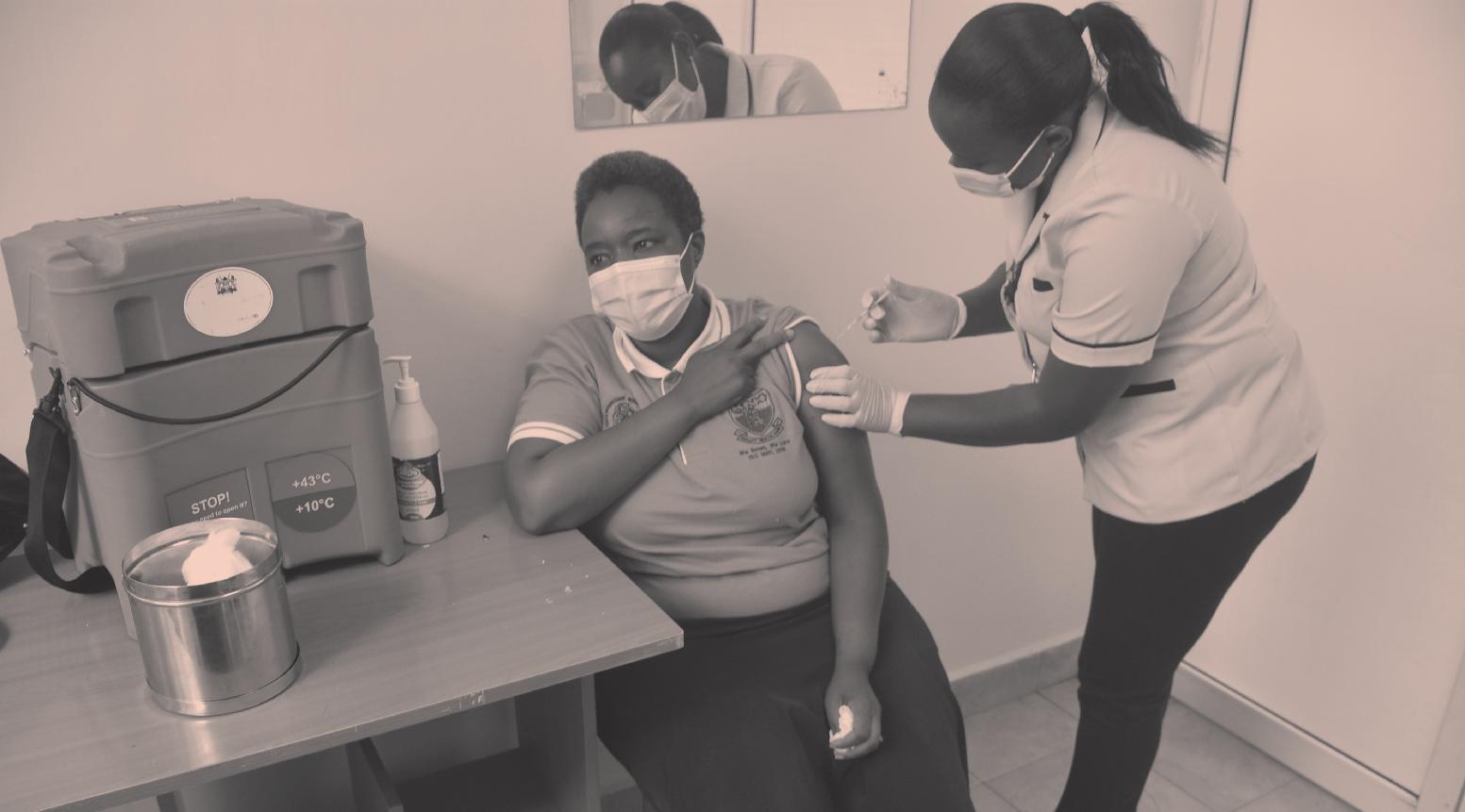
4 minute read
Milestones of the nursing administration at KNH
By Philip Etyang
Florence Nightingale, a British nurse, social reformer, and statistician, developed a foundational philosophy of nursing that is still in place today. She theorized that the environment of the patient should be changed to allow for nature to work on the patient.
Advertisement
The Nursing Division within Kenyatta National Hospital (KNH) over the years has maintained a high standard of nursing care, based on respect for the dignity and worth of every individual.
Nursing is an essential social service that is directed to the promotion of health, the prevention of disease, and caring for patients of all ages and in all stages of illness of all kinds. One of the nursing philosophies which KNH takes at heart is that every patient deserves the basic right to participate in his/her care.
Nursing recognizes the obligation to restore the patient/client to the best possible state of physical, psychological, social, and spiritual health.
Over the years, the Nursing Division at KNH has shown its commitment to effective cooperation in the coordination of nursing services with other members of the health team which includes the Ministry of Health.
The school of Nursing in KNH started from humble beginnings with only dressers being the main trainees and has progressed today to the height of offering specialized courses within the field of nursing. In the beginning, the nurses working in the Hospital were recruited from Britain. Initially, African staff were only recruited as dressers for Wards, and causality.
Today, a nurse is a professional who has undergone a prescribed training program and is enrolled or registered by the Nursing Council of Kenya.
Nursing Administration
By 1953, the number of nurses at the then King George VI Hospital stood at 27 European nursing sisters and 462 dressers who were mainly of African descent. Before independence, the heads of the Nursing department in the Hospital were known as matrons-in-charge before changing to Chief Nurses. The following were the matrons who headed the Hospital before independence;
1953-1959- Miss S.B. Rees
1960-1961-Miss G. Parsons
1962-1963- Miss I. Race
1964-1970- Miss C.R. Richmond
In 1963, soon after the country gained independence, the African nurses who had trained at KNH had gained sufficient experience to enable them to take up responsible positions in nursing. This led to the gradual phasing out of the European sisters.
Within the same year, Miss Margaret Koinange, who had briefly worked at the King George VI Hospital was appointed Matron-in-Chief, becoming the first African to hold the highest post in the profession in the country. In 1966, Mrs. Nyoike joined KNH as an Assistant Matron.
In 1970, four years later, Mrs. Nyoike took over from Miss Richmond as the Matron-in-Charge of the Hospital. In 1976, the title of the Matron-in-charge was changed to Deputy Chief Nursing Officer.
In the search for excellence in the provision of nursing care, the nursing administration at KNH has employed several models of nursing practice.
These models include: -
(i) Task Allocation: This is where a nurse is allocated a task to perform on all patients in the ward for example dressing of wounds, administration of medications, theatre cases, etc. iii) Primary Nursing: Primary nursing practice was introduced in KNH in 1993. It is comprehensive, clientcentered care, given by a nurse who acts autonomously and assumes full accountability for the quality of care given. It emphasizes a one-to-one relationship between the nurse and the client and continuity of care as long as the client needs it.
(ii) Team Nursing: This is where a group of nurses works together to accomplish a common goal. For example, in the provision of care to a patient, the team leader becomes responsible for the decision-making of the patient’s care, supervision, and coordination of the activities of the team members. This model is ideal when there is a shortage of nurses. Team nursing emphasizes the division of labor to economically and efficiently perform a variety of tasks. However, there are limitations in team nursing. There is no established relationship between the nurse and the patient and no particular nurse can be held accountable for the quality of care that a patient receives. In such a case, no specific nurse can experience the satisfaction of knowing that his/her care caused a major difference in the patient/ client’s well-being.
iii) Primary Nursing: Primary nursing practice was introduced in KNH in 1993. It is comprehensive, clientcentered care, given by a nurse who acts autonomously and assumes full accountability for the quality of care given. It emphasizes a one-to-one relationship between the nurse and the client and continuity of care as long as the client needs it.
MAIN PHOTO | FILE A Nurse attending to a staff patient










